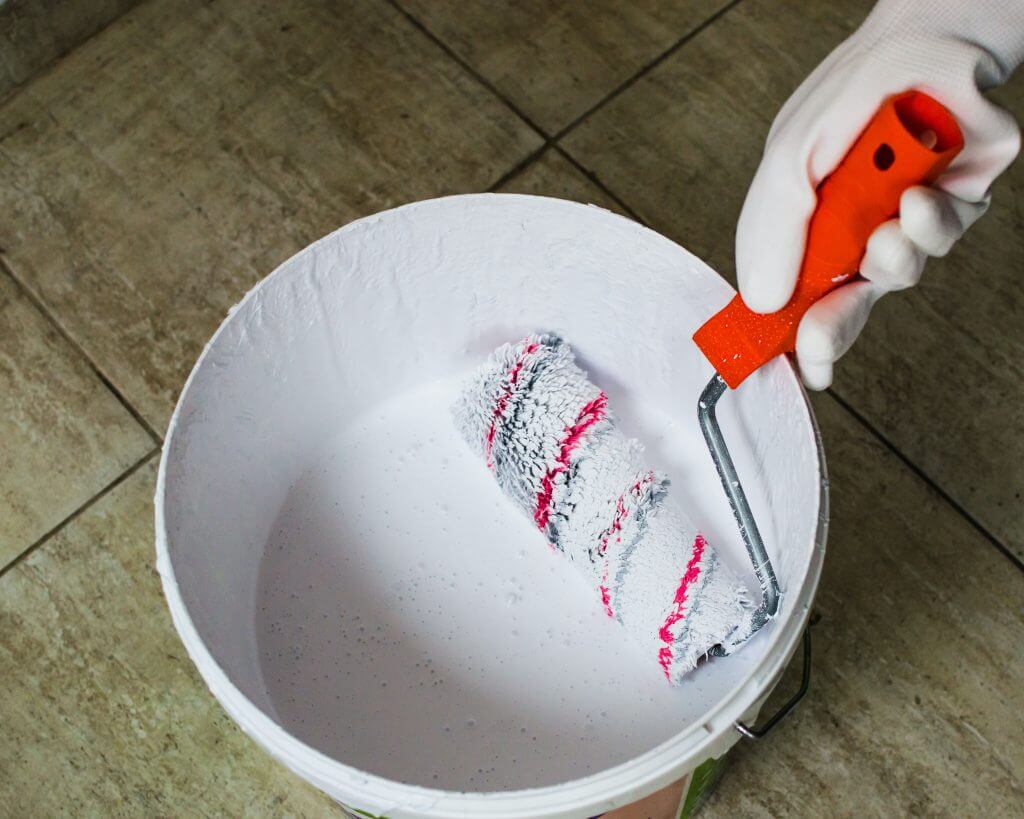Different Ways Paint Has Helped The Planet
Paint is the last item that most people would think of when it comes to helping the planet. Due to the fumes that paint pushes out onto the environment, some might recognise paint as a potentially harmful substance that can actually hurt the planet as opposed to helping it.
However, in recent months there have been different cases of paint being used in order to help certain factors of nature around the world. This post aims to outline the effective ways that humans have utilised paint in order to help particular subjects within the environment.
Reflective Paint on Deers

Back in 2014, as many as 3000 to 4000 reindeer die in traffic accidents every year in Finland (according to Finnish Game and Fisheries Research Institute). To mitigate further accidents, herders in Lapland, Finland, have started using a special spray to apply to reindeer antlers.
The point of this spray is to reflect the light in order to help drivers see them in the dark – effectively making a “light-in-the-dark” type of spray that is applied to reindeer antlers. This is in addition to other reflectors that are hung around the animal’s necks.
Rhino’s Horns Painted Pink

In 2013, images of a rhinoceros and elephant with brightly coloured tusks and horns were circulating around social media, reported by the organization Take Part. These horns and tusks were painted purple and pink, and the images originated from individuals who were considered anti-poachers.
The main aim of colouring the animal’s horns is to prevent poachers from harming these animals by harvesting their tusks and horns for monetary gain through ivory poaching.
Devaluing the rhino horns also renders it useless for other uses such as ornamental or medicinal purposes, according to the Rhino Rescue Project.
Ultra White Paint

In recent news, scientists have developed an “ultra light-reflecting” paint in 2021, which is capable of negating the need for a variety of harmful features for the environment. Engineers at Purdue University (Indiana) has stated that this light can effectively render the need for air conditioning, reduce carbon emissions, and reflect 98% of light (which can cool buildings!).
This type of paint is made with barium sulfate, a chemical compound used in cosmetics and photo paper. The purpose of this chemical is also to scatter sun rays and disperse any heat from the surrounding surfaces. Because white paint has been traditionally used in order to cool down buildings, the introduction of ultra-white paint can double the effectiveness of traditional white paint.
Houston Zoo’s use for Paint

Houston Zoo has introduced a new initiative involving paint and wildlife conservation. A quote within the Houston Zoo reads the following:
“Paints can have harsh chemicals that affect the air we all breathe, or if you dispose of leftover paint improperly, it can get into the streams and waters wildlife like sea turtles call home.”
Because of this, Houston Zoo has started utilizing environmentally friendly paint provided by New Living (a water-based paint containing no volatile organic compounds) to label storm drains with statements such as “Rain Water Only – Flows Into The Ocean” to stop local residents from pouring paint down the wrong hole.
Will Paint Be Consistently Used For Helping The Environment?
While there has been irrefutable proof that paint has helped a wide variety of life on the planet, there is also no consistent evidence of paint becoming permanently capable of helping the environment.
This is simply due to the chemicals required to create paint, in addition to the chemicals also causing bad irritation if they get onto your skin. Paint is usually made from resin, additives, solvent and pigment commonly, with the exception of water-based paint which uses acrylic emulsion polymers as opposed to resin.
All of these chemicals mixed together creates extremely harmful fumes that are also bad for the atmosphere. However, many companies have opted to use eco-friendly paint which are products that have no detrimental effects on the environment or society. Eco-friendly paints of “natural paints” are non-toxic paint and are made from natural ingredients such as water, vegetable oils, plant dyes and natural materials – with binders such as linseed oil, cay, lime and milk protein.
At the very least, the method of creating an environmentally-friendly paint has been established. However, the initiative to choose “natural paint” over traditional options is yet to be the norm.



